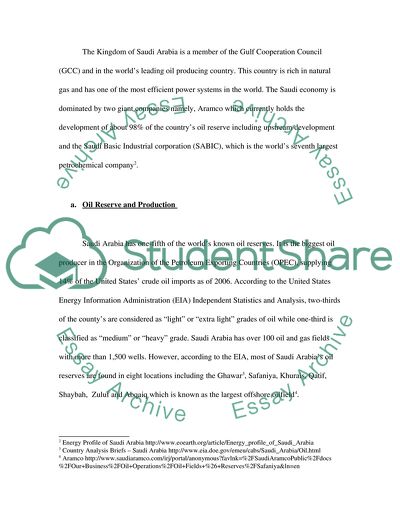Cite this document
(Energy Resources of Countries Belonging to the Gulf Cooperation Essay, n.d.)
Energy Resources of Countries Belonging to the Gulf Cooperation Essay. Retrieved from https://studentshare.org/politics/1736973-energy-profile-of-the-gcc-region
Energy Resources of Countries Belonging to the Gulf Cooperation Essay. Retrieved from https://studentshare.org/politics/1736973-energy-profile-of-the-gcc-region
(Energy Resources of Countries Belonging to the Gulf Cooperation Essay)
Energy Resources of Countries Belonging to the Gulf Cooperation Essay. https://studentshare.org/politics/1736973-energy-profile-of-the-gcc-region.
Energy Resources of Countries Belonging to the Gulf Cooperation Essay. https://studentshare.org/politics/1736973-energy-profile-of-the-gcc-region.
“Energy Resources of Countries Belonging to the Gulf Cooperation Essay”, n.d. https://studentshare.org/politics/1736973-energy-profile-of-the-gcc-region.


